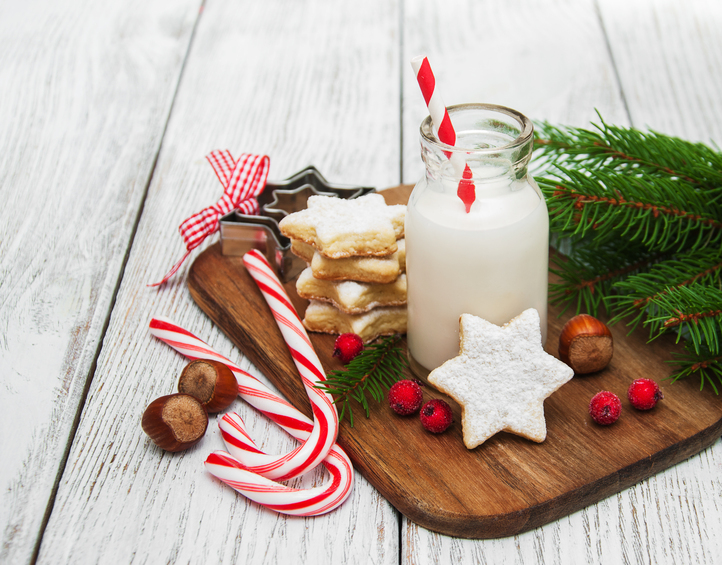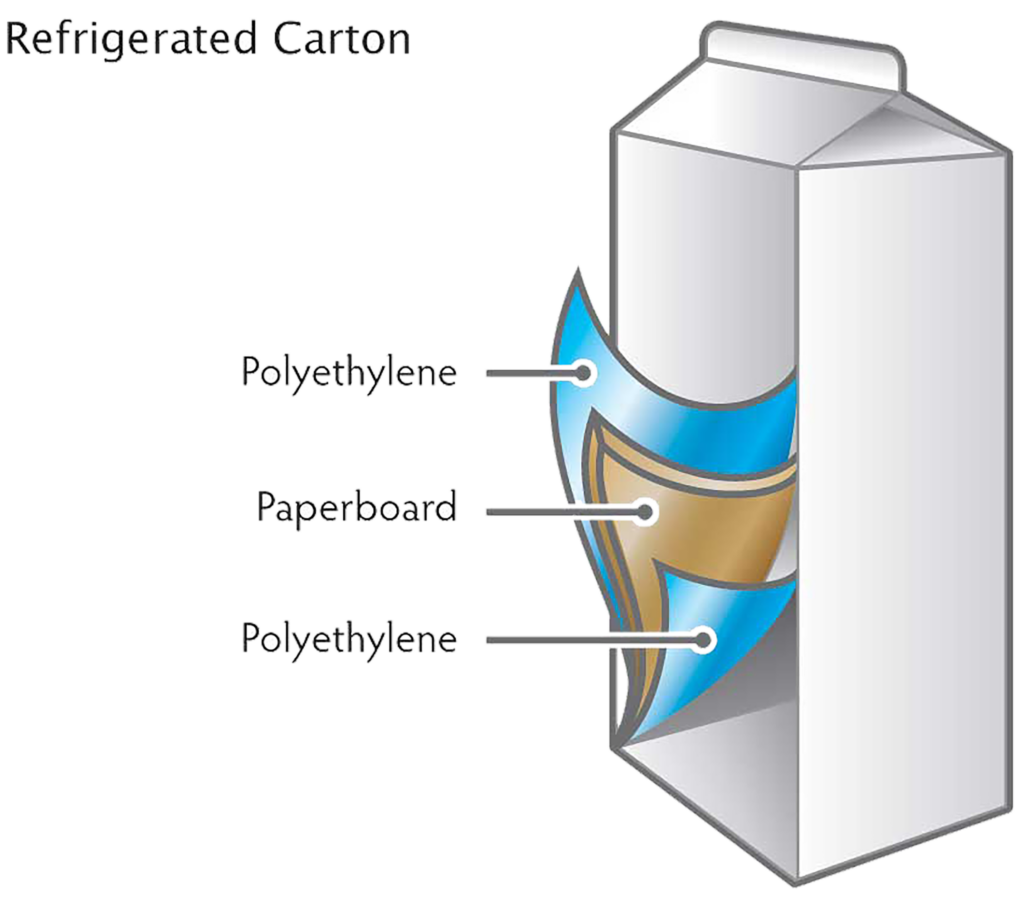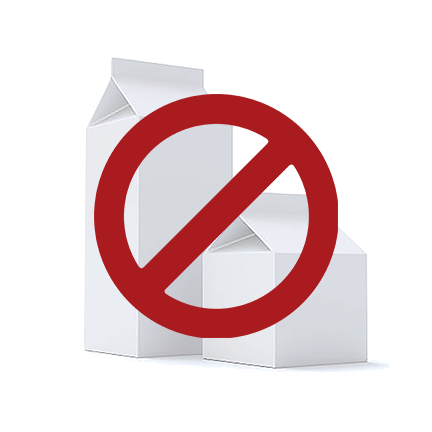The tree is up, the stockings are hung, the lights are strung, and the countdown has begun. The holiday season is filled with good tidings and cheer. And lots of baking. From pies and candies to everyone’s favorite cookies, you’ll likely be going through a lot more milk than usual. Make Santa’s “Nice List” this year, by choosing the milk packaging that has the smallest environmental footprint – the trusty plastic “jug”.

Gable top cartons (those tall house-like shaped “paper” cartons that are popular for milk and juice products) are generally made up of a mix of paper and plastic, as well as aluminum in some cases. This combination makes it more costly and difficult to separate the materials, and for this reason, the majority of municipalities do not accept them for recycling. Depending on the state you are in, collection rates for these cartons range from a meager 16%-42%. Because of this low collection rate, too much of this type of packaging ends up in landfill. Gable tops, unfortunately, are not considered as circular or sustainable because the main end of life market for them is as a filler for construction supplies and other down-cycled materials.

Additionally, although these gable top milk cartons break down in a relatively-short five years, the plastic film doesn’t go away. Instead, it will decay into tiny microplastics that pollute the soil, leach toxins into it, and often end up in our oceans and waterways, where they are devastating to marine life. Aside from the environmental impact of landfills and microplastics, this is also a massive waste of resources.
Plastic jugs on the other hand are the lightest of the three most prevalent types of containers. By weight, a plastic jug contains 96% product and 4% container on average. This results in the lowest transportation-related greenhouse gas emissions. Additionally, rigid monolayer milk jugs are the most sought after and valuable end of life HDPE resin in the market. Over 90% of all Food Grade PCR (post-consumer resin) in the market today comes from milk jugs. Because they are composed of a single substance and do not contain colorant, they are collected & recycled at every single material recovery facility in the US & Canada. Simply rinse the bottle, replace the cap, and place it in the recycling bin along with other recyclables.

So, when you put out those cookies for Santa and his reindeer, make sure to accompany them with milk from a plastic “jug”. Santa and the planet will thank you!
Let us help you meet your sustainable packaging goals! Give us a call today! 1.800.2SILGAN (274.5426)